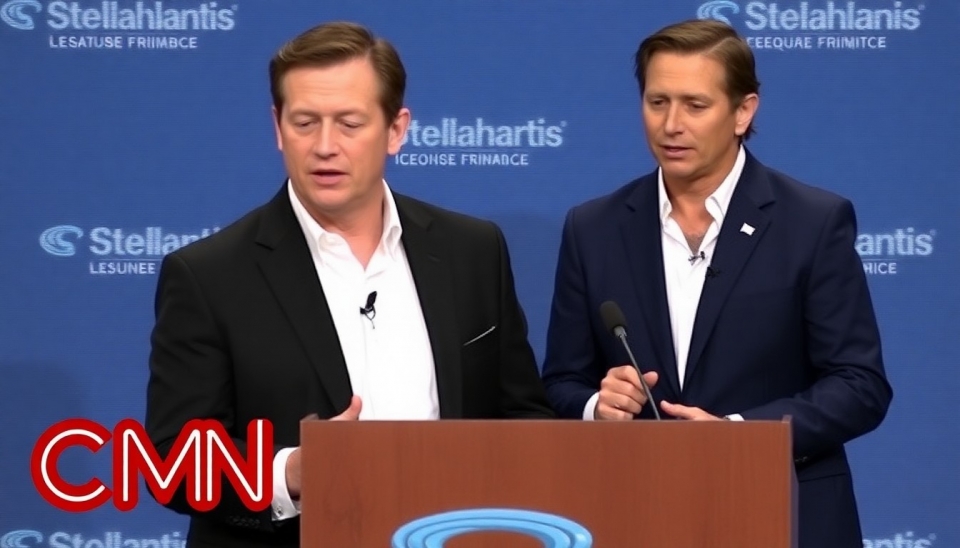
In a powerful call to action, National Security Agency (NSA) Director General Paul Nakasone has urged the telecommunications industry to openly disclose the details surrounding hacks that threaten national security. During a recent keynote address, Nakasone emphasized the critical need for enhanced cooperation between private companies and the government to tackle the rising threat of cyberattacks.
Nakasone's remarks come amidst growing concerns over the security of telecom infrastructure, which serves as a backbone for communication networks across the United States. He highlighted that the lack of transparency in reporting hacking incidents makes it increasingly challenging for government agencies to develop appropriate responses and preventive measures. By sharing information about breaches, companies can aid in building a more secured cyber landscape.
The NSA has been actively monitoring cyber threats that target telecoms, which can be gateways for a multitude of threats from various actors. These actors range from state-sponsored hackers to cybercriminal organizations aiming to exploit vulnerabilities for financial gain or to disrupt critical infrastructure. Nakasone pointed out that even minor incidents could have severe implications if left unreported and unaddressed.
In his address, the NSA head underscored the importance of a proactive stance in cybersecurity strategy. He advocated for a framework that encourages private sectors to notify government entities promptly when breaches occur. This, he argues, not only fortifies national security but also builds public trust in the telecommunications infrastructure.
The director's comments reflect a broader trend in cybersecurity discussions, where collaboration is becoming increasingly vital. As threats evolve in sophistication, the traditional boundaries between government and industry are blurring, necessitating a unified front against cybercrime.
Moreover, Nakasone pointed out that cybersecurity cannot solely be the responsibility of government agencies; rather, it requires collective efforts from all stakeholders involved in the telecommunications sector. To enhance effectiveness, he suggested developing more robust incident-response protocols that allow for swift actions after a hacking event has been detected.
The response from the telecommunications industry remains critical in this discourse. Critics of the current state of disclosure practices argue that companies often prioritize reputation management over transparency. Nakasone's call to action aims to shift this mindset, pressing for an industry-wide commitment to greater accountability and transparency.
By advocating for more openness in reporting hacks, Nakasone hopes to establish a strong foundation of cooperation that can mitigate future cyber threats. The call for synergy between the NSA and telecom firms marks a significant shift in the approach to managing cybersecurity risks in an interconnected world.
As cyber threats continue to evolve, the importance of this dialogue cannot be overstated. The collaboration envisioned by the NSA leadership seeks to not only safeguard sensitive information but also reassure the American public that measures are being taken to protect their data and maintain a secure telecommunications environment.
As the industry grapples with these pressing challenges, stakeholders will be closely monitoring whether measures will be implemented in response to Nakasone's urgent plea for transparency and coordination in these critical security efforts.
#NSA #TelecomSecurity #Cybersecurity #TelecommunicationHacks #InformationDisclosure #CyberThreats #PaulNakasone
Author: John Miller




